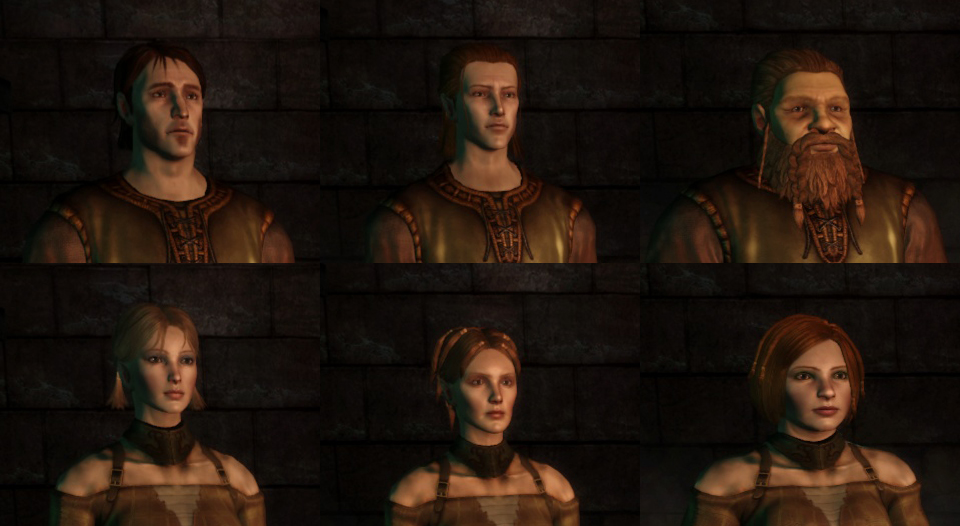

Homo erectus would last for around 1.5 million years, but also gave rise to other species of hominid. It is also believed to have made tools and may perhaps have even cooked. Homo erectus is found from around two million years ago and is more recognisably like us, with similar body proportions. While there is still debate, many scientists believe that an australopithecine subsequently gave rise to the first humans of our genus, Homo.

The most well-known of the group is three-million-year-old specimen of a female Australopithecus afarensis, better known as Lucy. Australopithecines are a group of species which had small brains and bodies, but were able to walk upright. From that point on, however, the path of evolution heads in a variety of different directions.Įarly hominids gave way to the australopithecines, a group in which some of our most notable features began to emerge. The history of humanity is a complex one, beginning when our ancestors diverged from chimpanzees around five million years ago. The research, led by an international team of scientists, was published in Evolutionary Anthropology. 'One of the authors of this paper has also just published another paper suggesting that a fossil from Hualongdong in China is also a Chibanian ancestor for Homo sapiens, which may well add further to the muddle!' 'Regarding Homo bodoensis as the Chibanian ancestor of the Homo sapiens lineage has its problems,' he says, 'as my and other research suggests that the facial shape of the Bodo skull is derived away from the ancestor of Homo sapiens, which was probably more like that of another relative, Homo antecessor.

However, Professor Chris Stringer, the Research Leader in human evolution at the Museum and who was not involved in the study, believes that the paper may not end the issues it aims to solve. 'Talking about human evolution during the Chibanian became impossible due to the lack of proper terminology that acknowledges human geographic variation,' she says. Lead author Dr Mirjana Roksandic says that naming a new human ancestor is a 'big deal' but is necessary to provide clarity in this period of history. A new paper proposes this is a new hominid species that is a direct ancestor of Homo sapiens, replacing two other species that the authors consider to be poorly defined. Homo bodoensis is named for a skull discovered in Bodo D'Ar, Ethiopia in the 1970s, and is thought to date back to the Chibanian Age 600,000 years ago. A new ancestor of Homo sapiens has been named by scientists as part of an effort to clean up our ancestry.


 0 kommentar(er)
0 kommentar(er)
